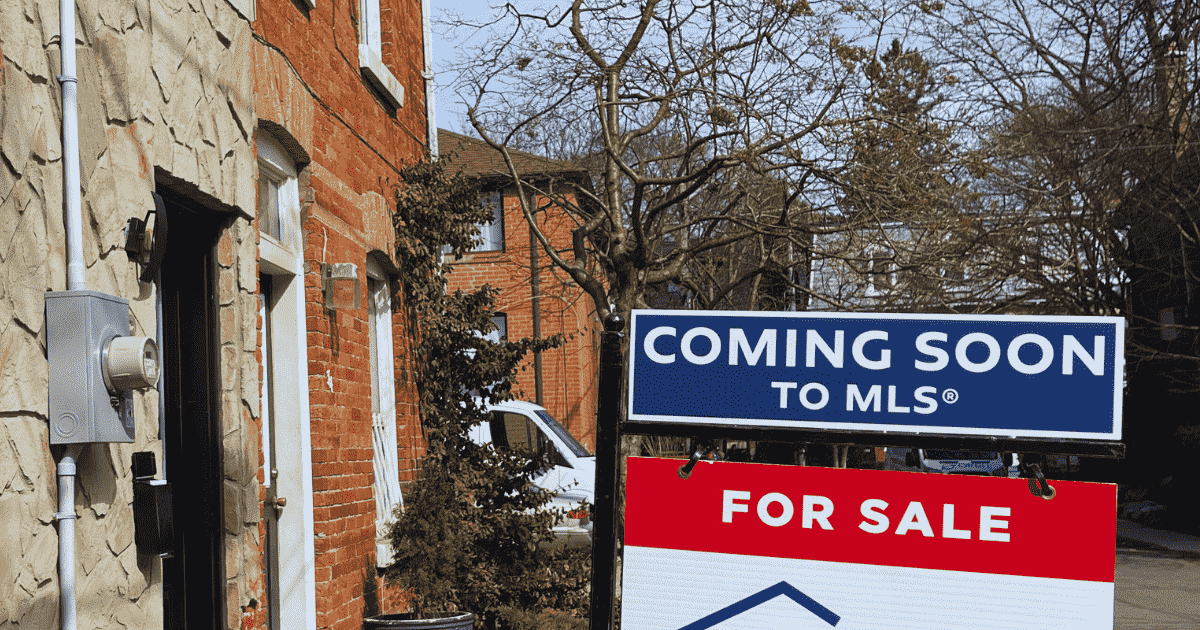Due to the growing number of seniors who are moving closer to family and baby boomers living in the city who are deciding to “age in place”, people over 55 are slowly taking over the urban spaces that used to be the millennials’ playground, says a new report by Point2Homes.com.
The report, by senior real estate writer Andra Hopulele, says in Canada’s most active provinces, the cities dominated by young people are seeing the biggest increases in senior populations.
She says that according to the 2016 Census, people over 55 own properties further away from major business and financial centres, but as they grow older, many owners exit the homeownership market, opting for rentals or senior care facilities. Others, however, start to think about downsizing or buying second homes closer to city centres, trading space for accessibility and more comfort.
“Both millennials and gen zers are looking for smaller and more affordable homes as close to the hustle and bustle of downtown as possible….And with both seniors and younger generations looking for homes in the bigger cities, the pressure on the condo market increases, putting the spotlight on a sector already receiving a lot of attention,” says Hopulele.
“All these moves might lead to a glut of boomer properties, larger homes located in smaller cities, which would not be of interest to younger generations,” she says.
The report says home prices are inversely proportional to age: with a few exceptions, the more people over 55, the cheaper the homes. For example, the five most expensive cities in the Greater Vancouver Area all boast some of the lowest shares of seniors in the province.
Similar to other provincial capitals and major business hubs, Toronto and Ottawa’s share of people over 55 is just under 30 per cent.
The relatively “young” cities are aging the fastest, with the biggest increases in share of seniors seen by cities like Brantford (a 61 per cent jump compared to 2006), Aurora (whose senior population grew 52 per cent in a decade), and Clarence-Rockland and Pickering (both witnessing a 44-per-cent increase in the past 10 years).
The most significant exception in Ontario seems to be Milton: not only is it the “youngest” big city in Ontario, but its share of seniors actually decreased by three per cent since 2006.















